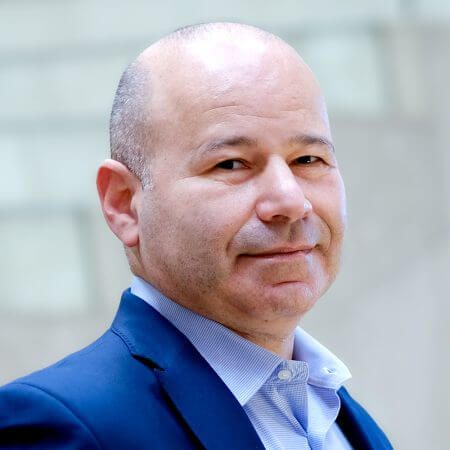
It’s always time for SMID, but especially with a resurgent economy and accommodative monetary policy.
Are you beginning to worry about over-exposure to a handful of mega-cap companies as valuations push higher, with questions surrounding how much larger these companies can become?
Small caps usually have an advantage when the U.S. economy is in recovery mode and accommodative monetary policy prevails. Cheap borrowing costs for business expansion coupled with economic stimulus packages have encouraged consumption. Both cater to small cap growth prospects. In 2020, the Russell 2000 small cap index returned a hefty 20% to investors, while the S&P 500 returned 16.5%. Mid-caps showed a 13.7% return.
Small / Mid-Caps Outperform Large and Small Core
(12/31/98 through 8/31/2021)
Source: Bloomberg, $ Index Price Return Comparison
For investors wondering whether to maintain an allocation to SMID1 (small and mid-sized capitalization stocks), here are a few considerations:
- Small cap stocks historically have outperformed large cap stocks. In the first half of 2021 alone, the Russell 1000 Index was up about 16%, while the Russell 2000 Index was up 18.74%. According to P&I, the Russell 2000 has been consistently the highest performing asset class every month since December 2020 through July 2021.
- SMID is an asset class with an acute advantage as a less-fished stream where fundamental research is key. There’s usually less research coverage of these stocks, creating greater dispersion between market price and true value. Roughly 19% of companies in the Nasdaq Composite (stripping out SPACs) have no research coverage at all, per FactSet. Because of their small capitalization, small caps may not be on the radar of large institutional investors which often are unable to move in and out of stocks without affecting the market price or have rules about maximum ownership.
- Small caps on their own show more volatility than larger cap stocks and many don’t “outwit, outplay and outlast”. On Cornerstone Macro’s July 2021 list of 131 U.S. zombie companies, most were in the Russell 2000, while only about 7% were large caps (Russell 1000). In the past only one out of 10 small caps survived a decade after its public listing in the U.S. However, Tesla, Netflix, and Apple were once small caps, so for those that do make it, there can be tremendous upside. One way to mitigate small cap volatility while still getting the diversification and the appreciation potential is to mix mid-caps into the portfolio and use the Russell 2500 as a proxy index. Given the survival challenges for smaller businesses and unseasoned management, active focused stock pickers can make a positive difference in outcomes for SMID portfolios. The Russell 2500 index, a proxy for SMID, was up 17.53% through the end of August 2021.
- Unlike many larger caps, small and mid-caps are typically focused on a singular value proposition which allows investors access to the full benefit of the investment thesis rather than the mix of businesses more typical in a large cap conglomerate or holding company. For example, you may like B2B payment platforms, but be negative on the outlook for consumer credit lending, and therefore not want to own stock in a company that does both.
Active management and a long-term investment horizon matter more with small and mid-caps. The paucity of research and the higher incidence of stagnant businesses sitting in the universe mean investors should see better performance with proven SMID managers.
Choose a manager who can Identify strong companies through a bottom-up approach that addresses more than the financial picture. ESG considerations such as environmental impact and quality of management and governance can also help weed out the zombies and set the portfolio on a growth path in the resurgent economy.
(1) Small = market cap of $300 million to $2 billion and MID cap = over $2 billion to $10 billion as defined by the Russell 2000 and Russell 2500 (which includes both small and mid-caps)
Discover more about:
More Insights

Mid-Year Global Equity Outlook: Diminishing U.S. Exceptionalism Leads to Non-U.S. Opportunities

Mid-Year Fixed Income Outlook: Uncertainty Yields Tight Credit Spreads

Tariffs, Stagflation, and the Fed: A Spotlight on Investors’ Most Pressing Questions

How We Invest: Active by Nature. Disciplined by Design.

Thornburg Income Builder Opportunities Trust Announces Distribution


